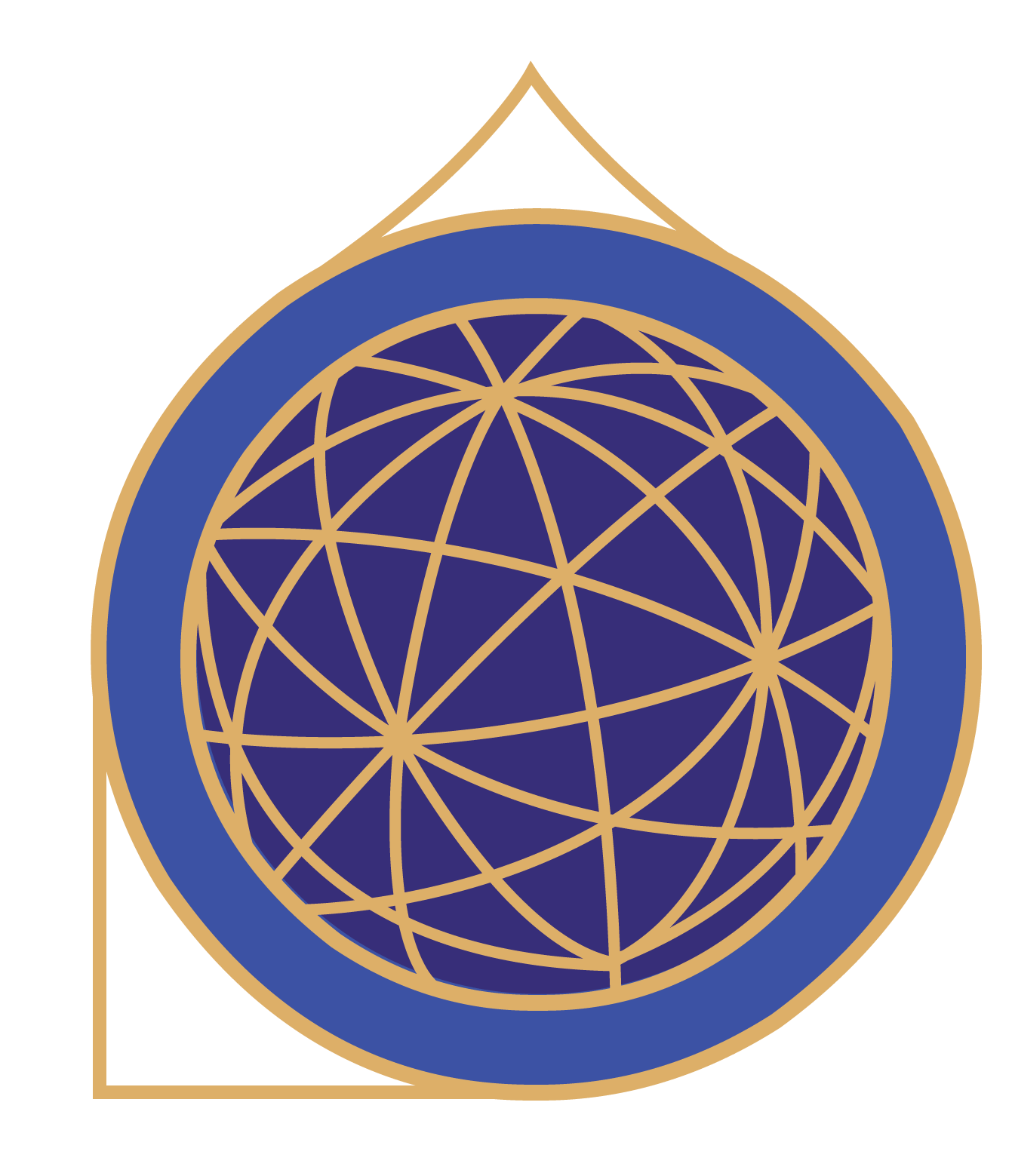I nodi lunari sono i due punti di intersezione fra il percorso (apparente) del Sole e quello della Luna nel loro movimento sulla sfera celeste.
L’artista di San Marco li ha raffigurati alla base dell’estradosso come un uomo e una donna che si allontanano in direzioni opposte a cavallo di un toro e di un leone.
Dettagli come la coppia bue/toro, le due cavalcature che si volgono in adorazione verso i rispettivi cavalieri, e la posa delle gambe nella figura maschile, fanno riferimento all’arte indiana, dove vengono così rappresentati il dio Shiva e la consorte Parvathi/Sakhti/Durga.
L’intento dello scultore non era qui di introdurre nell’edificio elementi religiosi indiani, quanto piuttosto di evocare in modo riconoscibile momenti del calendario celeste cui quegli elementi fanno riferimento, e che egli riteneva sufficientemente noti al suo pubblico.
The lunar nodes are the two points of intersection between the (apparent) path of the Sun and that of the Moon in their motion on the celestial sphere.
The artist has identified the nodes as a man and a woman, who ride in opposite directions on a bull and a lion.
Details such as the pair lion/bull, the attitude of the two animals which turn up their heads to worship their riders, and the pose of the legs in the male figure, recall representations of the Lord Shiva and of his consort Parvathi/Sakhti/ Durga in Indian art.
The artist's intention was not to introduce in the building Indian religious elements, but to evoke moments of celestial calendar to which those elements refer, by means of details that he reputed sufficiently known to his audience.
L’arcone marciano e i nodi lunari
Le due figure a cavallo reggono due simboli aventi la forma della lettera greca omega, dritta e rovesciata: sono i due punti particolari, i cosiddetti “nodi”, ascendente e discendente, in cui l’orbita della Luna incontra quella (apparente) del Sole nel suo corso annuale.
Nella tradizione occidentale, essi venivano chiamanti anche Caput e Cauda Draconis, la testa e la coda [del dragone lunare].
Da essi si sviluppa, attraverso nodi e cerchi, la parte lunare del calendario marciano, lungo la ghiera o estradosso dell’arcone.
St. Mark’s arch and the lunar nodes
The two riders hold two symbols shaped as a Greek omega letter, straight and overturned. These symbols represent the so-called ascending and descending lunar nodes, the points in which the orbit of the Moon crosses that of the Sun.
In the Western tradition, they were also called Caput and Cauda Draconis, the head and the tail of the lunar Dragon.
From them, a regular pattern of knots and circles develops along the upper side of the arch from end to end, forming the lunar calendar.
Shiva e Parvati rappresentati come un’unica entità (Ardhanarisvara), con toro e leone Ardhanarisvara / The deity composed of both Shiva and Parvati, with bull and lion
Gouache su carta, secolo XIX / Gouache on paper, 19th century
London, British Museum, No.1940.0713.0.79
Credits@Trustees of the British Museum
Shiva e la sua famiglia/Shiva and his family
Acquerello e tempera su carta, fine secolo XVIII/ Watercolor and opaque colors on paper, end of 18th century
Mumbay, Prince of Wales Museum of Western India
Nandi il bue bianco, vahana (veicolo) di Shiva, guarda in adorazione il suo signore mentre questi genera dalla propria mente il fiume Gange/
Nandi, the white bull, vahana (vehicle) of Shiva, watches in adoration as his Lord bears the descent of the Ganges River
Manoscritto Hindi/Hindi manuscript, 1740 ca.
Tempera, inchiostro e oro su carta/ Opaque watercolour, gold, and ink on paper
Los Angeles County Museum of Art, Dono di / Gift of Paul F. Walter (M.86.345.6)
Credits: www.lacma.org




